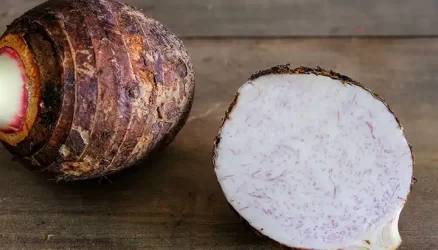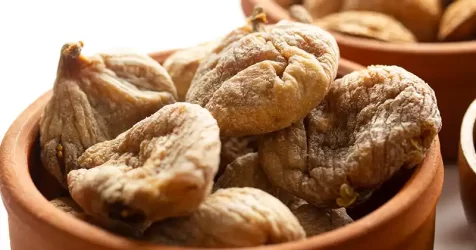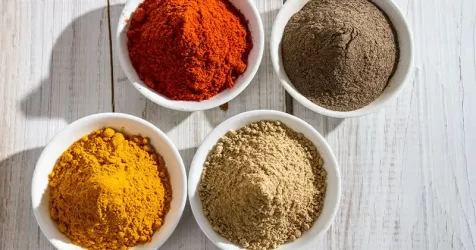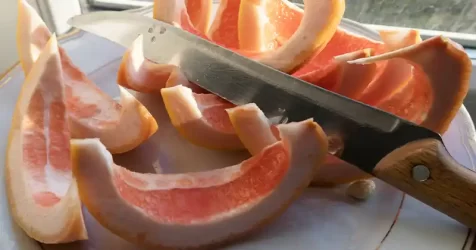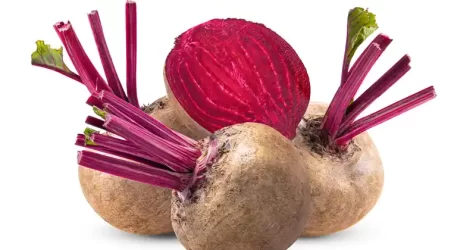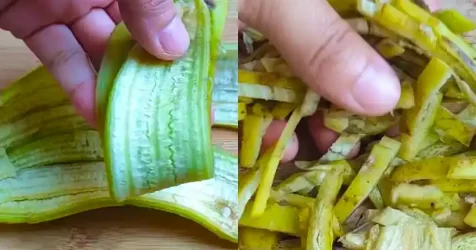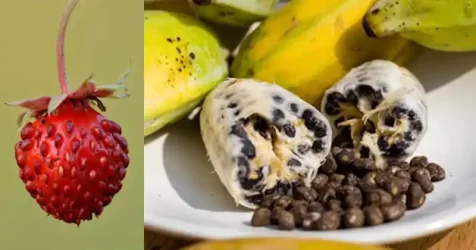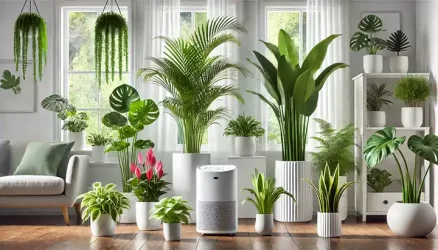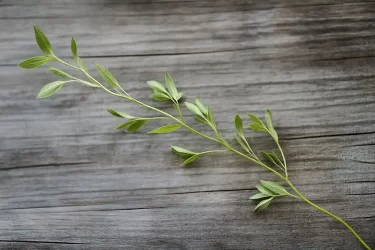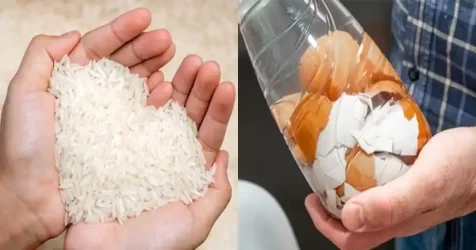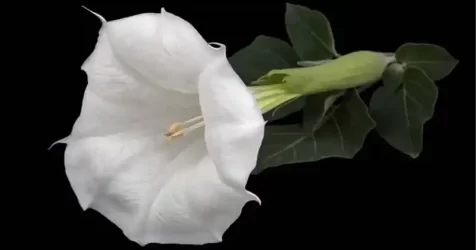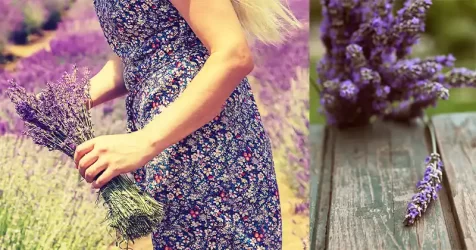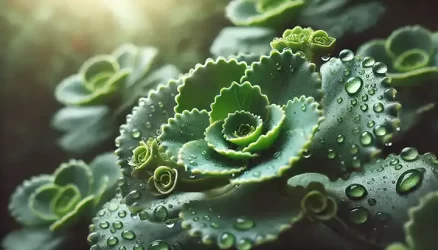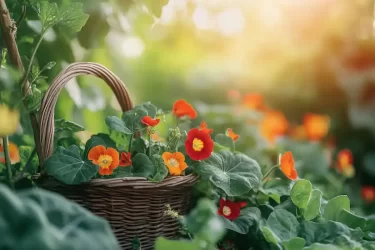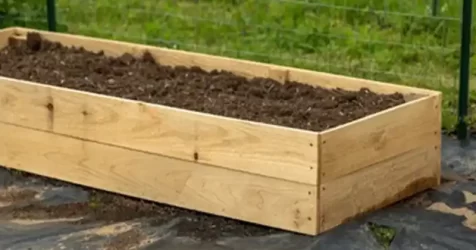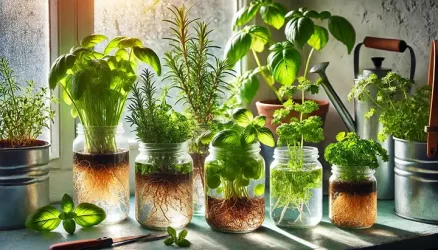If you have one of these 7 plants at home: Take care of it because you have a treasure
Indoor plants allow us to live and sleep better. Colors go beyond design and decoration, and have a positive impact on us.
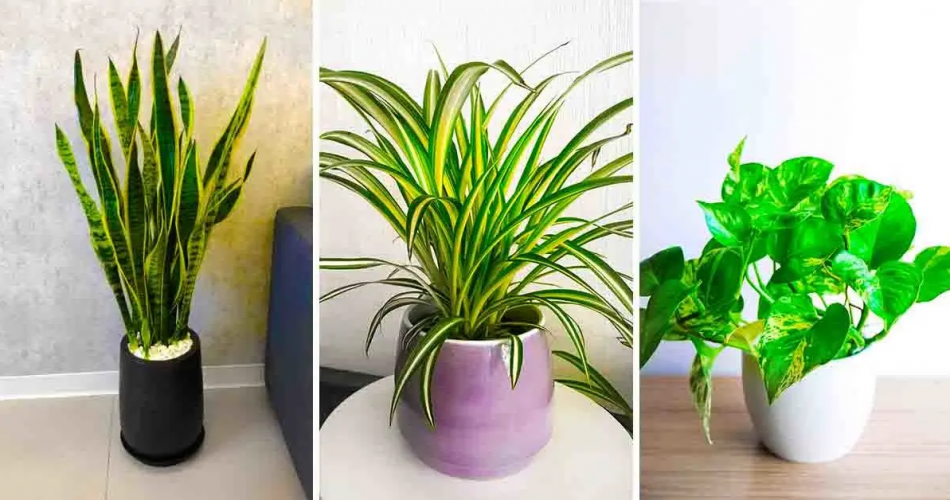
Therefore, it is important to integrate safe elements and materials such as plants into our interior decoration.
If you have one of these plants at home, take care of it because I assure you that you have a great treasure at home.
1- Dracaena marginada

It needs regular watering and light, but not direct sunlight. It has very long leaves with red tones. This plant will purify your house, as it filters toxic substances such as formaldehyde.
2- Mother-in-law’s tongue or Sansevieria

It is one of the best known and most common in homes. Eliminate toxic substances that remain in the house. It doesn’t need a lot of water, but it does need a lot of light.
3- Rubber tree

This plant helps eliminate formaldehyde from the environment, but it also helps maintain an environment with good humidity. Water every 2 days.
4-Aloe vera

It is ideal for the interior of our house. It refreshes and purifies the environment, it also absorbs all kinds of toxic substances and produces an excellent quality of oxygen. It needs daily sun exposure. However, care must be taken with excessive watering and exposure to low temperatures.
5- Hairy Chlorophyton

This plant removes toxins such as carbon monoxide and formaldehyde that are mainly found in varnishes and paints. This plant is ideal for indoors, as it has little tolerance to low temperatures and frost. It needs moderate light and needs to be watered once a week in winter.
6- Epipremnum aureum

It is the most famous plant for purifying the air, absorbing a large amount of toxic substances. Its maintenance is very simple if you make sure that the substrate is always moist, but never excessively. It is a plant that grows very easily in low light or shade.
7- Chrysanthemum

It is the quintessential plant to purify the air. It eliminates almost all environmental toxins and renews the air in our home. It is necessary to keep the substrate almost always moist, but never waterlogged. However, direct sunlight should be avoided, especially in summer.
